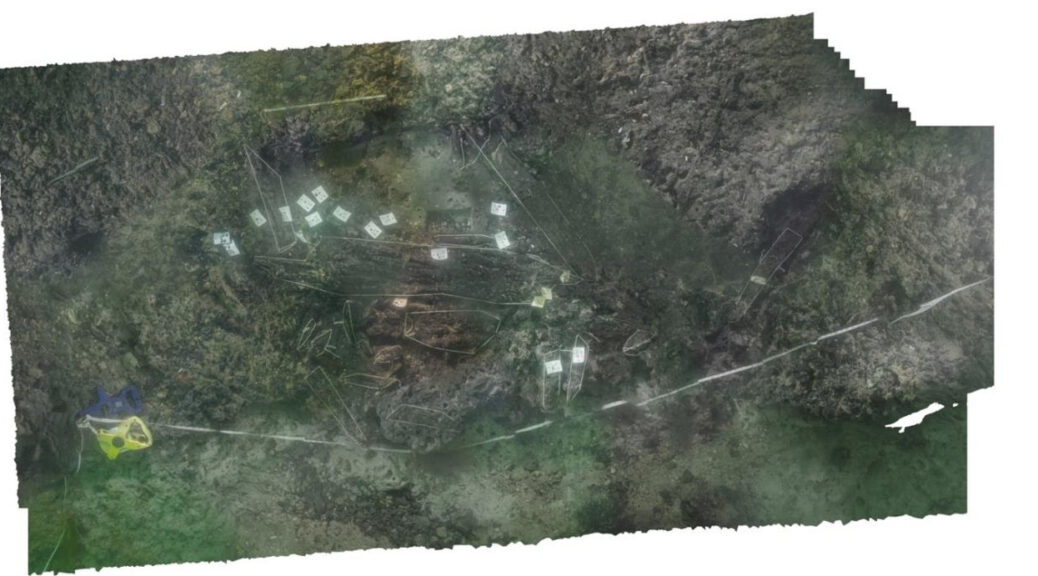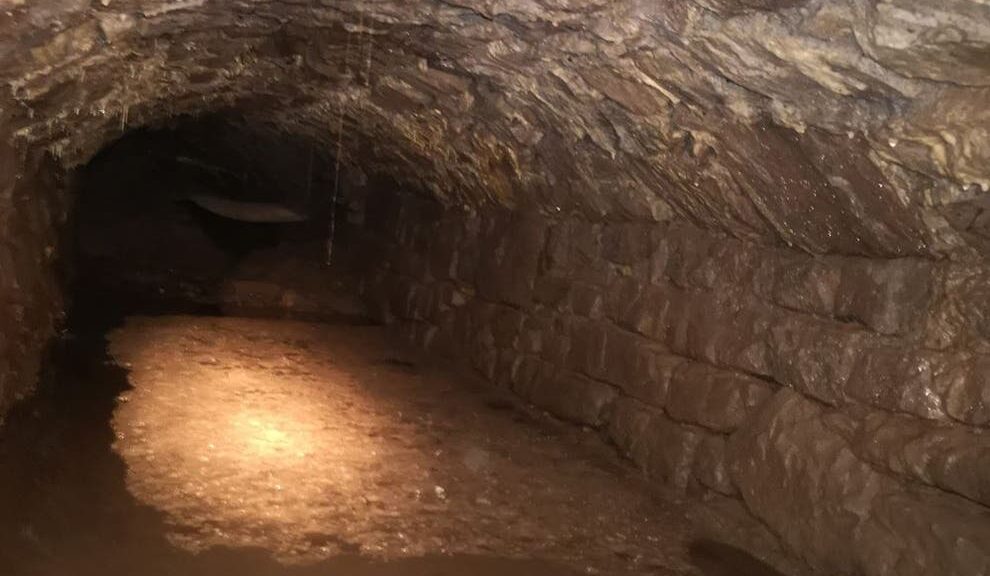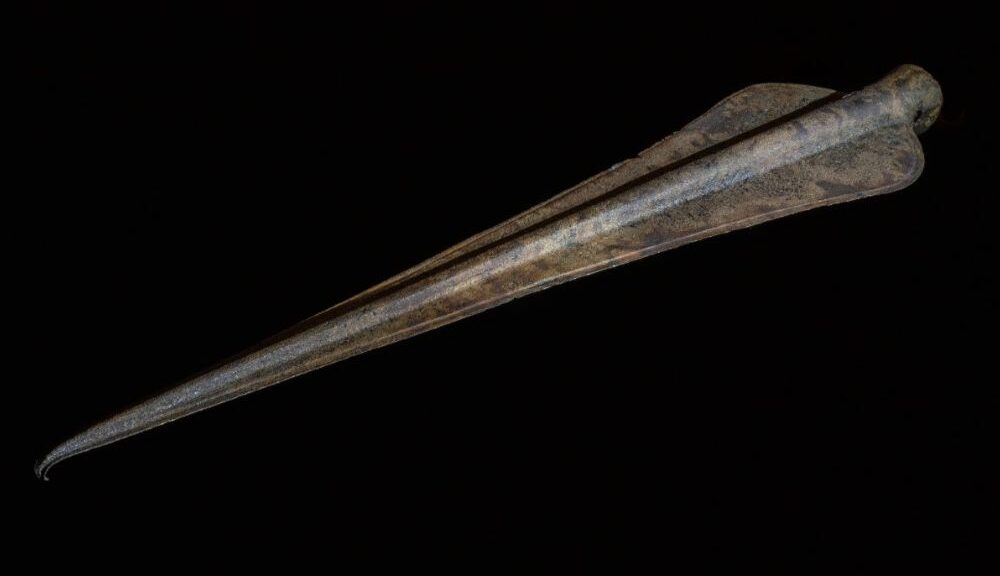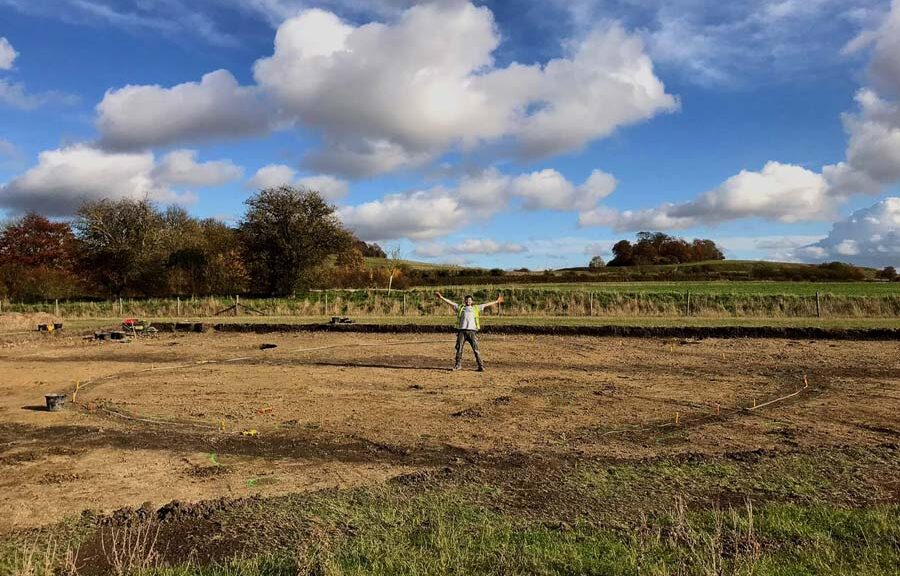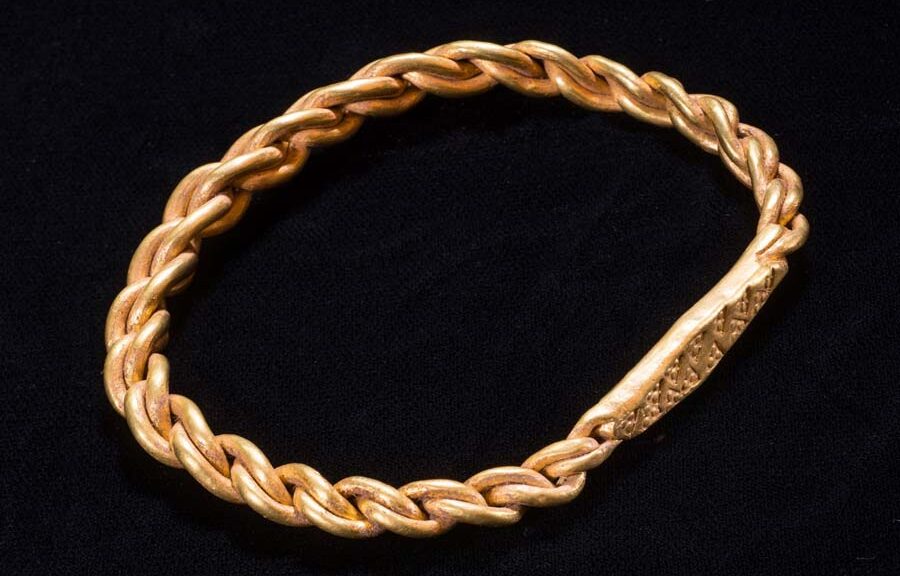Ancient Bishop’s Palace Hidden Underneath Man’s Garden
When Charles Pole, a retired bank official living in the remote English town of Wiveliscombe, had no idea what was buried in his back garden when he hired a crew for a construction project.

“I live on my own in a house in Palace Gardens and I’m disabled, so I was having a bungalow built in the garden for myself and plan[ned] to sell the house,” the 81-year-old tells the Somerset County Gazette’s Phil Hill.
Then, an unexpected find thwarted these plans: Builders stumbled onto wall foundations and the remains of floors suspected to be part of Bishops Palace, a 13th-century building long thought to be lost.
“The … remains are clearly of medieval date and represent two phases of development on the site,” a spokesperson for the South West Heritage Trust tells the Gazette.
Historical records show that a palace was located in the area, and a 14th-century gateway to the complex remains standing today. But until now, researchers had been unsure where the rest of the palace’s remains were hidden.
“[W]hat we didn’t know is where the buildings would have been in relation to that gateway,” Bob Croft, Somerset County archaeologist for the South West Heritage Trust, tells BBC News.
“They’ve often been thought of as being much further to the east where we knew there were a big barn and a big open space, but this is the first time we’ve actually got stone foundations discovered.”
Per the Somerset Record Society, the original stone-and-thatch palace buildings were probably constructed soon after 1256, when a royal charter granted the bishop of Bath and Wells the right to hunt in the area.

“It seems unlikely that the bishop would have gone to the length of obtaining a license to hunt game without at the same time providing both himself and his retinue with a lodging that befitted that office and catered for such a pastime,” the society explains.
The palace was one of several residences used by local bishops through at least the 16th century. According to the Gazette, Bishops John de Drokensford (1309–29) and Ralph of Shrewsbury (1329–63) both oversaw building projects at the site. Archaeologists have also discovered fragments of pottery dated to the 12th century.

As Jordan King writes for Metro, high-ranking officials in the medieval church often had palaces consisting of several structures, with the whole estate sometimes enclosed by a moat.
Gatehouse, a geographical dictionary of medieval castles in the British Isles, notes that Bishops Palace was in ruins by the 18th century, with a workhouse erected on part of the site in 1735. But drawings from the 19th century show that parts of the palace were still identifiable at that point.
An 1883 source describes the remains of the manor house as “represented by some walls, just sufficiently good to be roofed in and used as a wood house or garden storage.”
Croft tells BBC News that over the centuries, workers probably repurposed stones from the castle’s walls for other local buildings.
Archaeologists have now finished recording their findings and are figuring out how to preserve the structure’s foundations. Despite the significance of the discovery, the find hasn’t been all good news for Pole. When the builders found the ruins, they had to stop their work.
“It was exciting to hear the site contains something of real significance, but the cost of the investigation is going to cost me around £15,000 ($20,850) and has delayed the bungalow,” he tells the Gazette.

